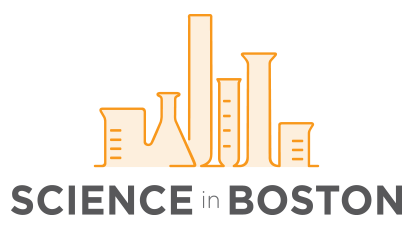This week we profile a recent publication in eLife from Drs. Arun Sharma (pictured, right) and
Lauren Wasson (pictured, left) the laboratory of Dr. Christine Seidman at Harvard Medical School.
Can you provide a brief overview of your lab’s current research focus?
Our lab studies the genetic causes for human heart diseases and uses model systems to understand the mechanisms by which disease genotypes alter cardiac structure and function. To accomplish these we sequence DNA samples from patients with congenital heart disease (CHD) and adult-onset disorders, particularly hypertrophic and dilated cardiomyopathy. To probe the mechanisms by which disease-associated genotypes cause heart disease we introduce mutations into cardiomyocytes that are derived from human induced pluripotent stem cell (hiPSC) and also produce mouse models that enable in vivo studies.
What is the significance of the findings in this publication?
This manuscript focuses on congenital heart disease (CHD). In collaboration with the NIH’s Pediatric Cardiac Genomics Consortium, we sequenced thousands of children who were born with a heart defect and identified causal gene mutations. We and others found that mutations in GATA6 occur repeatedly in patients with CHD that is accompanied by abnormalities in the pancreas and diaphragm. To understand these associations, we used CRISPR/Cas9 gene editing to introduce GATA6 mutations in hiPSC lines and followed the transcriptional changes that occur in normal and mutated stem cells during differentiation into cardiomyocytes. Our findings showed that GATA6 mutations cause stem cells to adopt different epigenetic and transcriptional states from those in normal cardiomyocytes. Importantly we show that GATA6 is a pioneer factor involved in cardiac development that regulate downstream gene network that orchestrate formation of the heart’s outflow tract. GATA6 mutations also perturbed differentiation of genes that participate in endoderm formation which gives rise to the pancreas. Additionally, one specific mutation activated aberrant signals that are likely to perturb formation of the diaphragm. As such these analyses illuminated the molecular mechanisms for each of the structural defects observed in our patients.
What are the next steps for this research?
Our research demonstrates that studying the effects of mutations in hIPSCs as these differentiate into different cell lineages is an effective way to model human disease. Using this system we can better define if rare variants identified in heart disease patients cause disease or are merely bystanders. In addition, by understanding the pathways that are altered by human mutations we can improve understandings of organ formation and function and to use this information to design precise therapies to address deficits from pathogenic variants. We expect that this platform will improve clinical interpretation of gene-based diagnostics and personalized medicine.
This work was funded by:
NIH Heart Blood and Lung Institutes, Pediatric Cardiac Genomics Consortium (PCGC) and Cardiovascular Development Consortium (CVDC) and the Howard Hughes Medical Institute.

